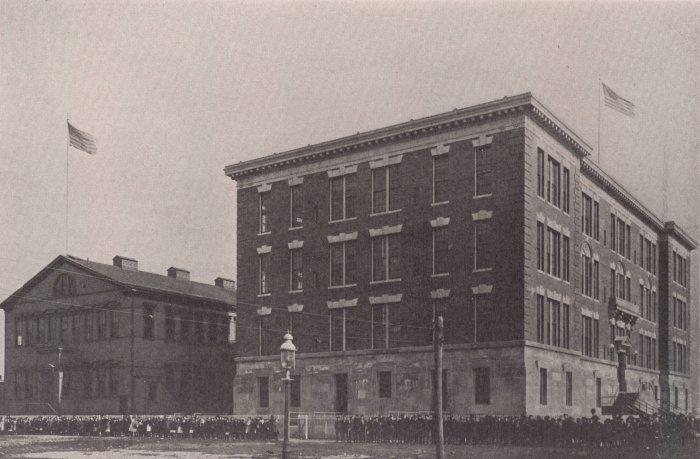There has been a “substantial” increase in philanthropic spending for journalism over the past five years, particularly outlets that serve poor and minority communities, a report issued on Thursday said — but journalists need to tighten ethical rules that govern the new spending, it recommended.
The struggling news industry is increasingly relying on donations and subscriptions, although it hasn’t come close to making up for the collapse in advertising that has led to the dramatic drop in outlets that cover local news.
More than half of funders surveyed by NORC at the University of Chicago said they have increased their journalism grants. Most nonprofit and for-profit news organizations report more funding.
“We see many more people — and that includes people who work in philanthropy — being interested in a stronger civic infrastructure by funding local news,” said Sarah Alvarez, founder of Outlier Media, a Detroit-based news source that started in 2016 and now has 16 employees.
Partly because it’s a relatively new area of giving, it’s hard to get a reliable count of how much philanthropy funds journalism. A report by Boston Consulting Group estimated $150 million per year is given to nonprofit news outlets. The same report said that industry needs up to $1.75 billion.
A major drive with a goal of raising $1 billion for local news is expected to be announced this fall, the NORC report said.
“It’s significantly more important than it was eight years ago,” said Tom Rosenstiel, a University of Maryland professor who worked on the report, updating a similar one from 2015. “There are more nonprofit news organizations, and a lot of for-profit news organizations now get charitable donations, including The New York Times.”
Alvarez, a former public radio reporter in Michigan, built an organization intent on delivering information to poor communities — through text messages at first — on topics like housing, utilities and transportation.
Outlier Media has worked with other local news organizations in the Detroit area to develop a network of community reporters to keep an eye on local government meetings, she said.
She found a sharp increase in philanthropic interest in Outlier Media after the pandemic because it showed people who weren’t used to living every day with a lack of vital information what that was like.
Nearly six in 10 funders that responded to NORC’s survey said they have made grants to outlets primarily focused on communities of color. Rosenstiel said that was partly spurred by the racial reckoning caused by George Floyd’s killing, along with a recognition that news organizations have long been better covering wealthier areas because that was what most interested their advertisers.
While the situation has improved since the 2015 study, news organizations have been slow in developing public guidelines on what type of money they will accept, and how that is disclosed to readers, he said. For instance, 72% of for-profit outlets say they don’t have written policies, the survey said.
In many cases, “they hadn’t really thought about it,” Rosenstiel said. “They were just trying to get money.”
But the policies are vital if the outlets want consumers to understand that they are not accepting money from donors who are interested in specific stories being written to advance an agenda, he said.
The survey said 92% of nonprofit news outlets and 83% or for-profit organizations said funders never saw editorial content that they helped underwrite prior to publication.
While several donors are interested in journalism that delves into areas that fit their particular interests — like the environment or education, two areas among several in which The Associated Press receives grant funding — an increasing number are seeing the importance of funding news reporting in general, Rosenstiel said.
“The data would suggest that philanthropies are getting a little more sophisticated in understanding that if you’re going to fund journalism, it has to be independent journalism,” Rosenstiel said. “If you’re going to give a lot of money to a news organization and nobody believes what the news organization reports, what’s the point?”
A total of 129 organizations that fund journalism responded to this year’s survey, compared to 76 in 2015, NORC said. The University of Chicago worked with the Lenfest Institute for Journalism and Media Impact Funders for the study.


















